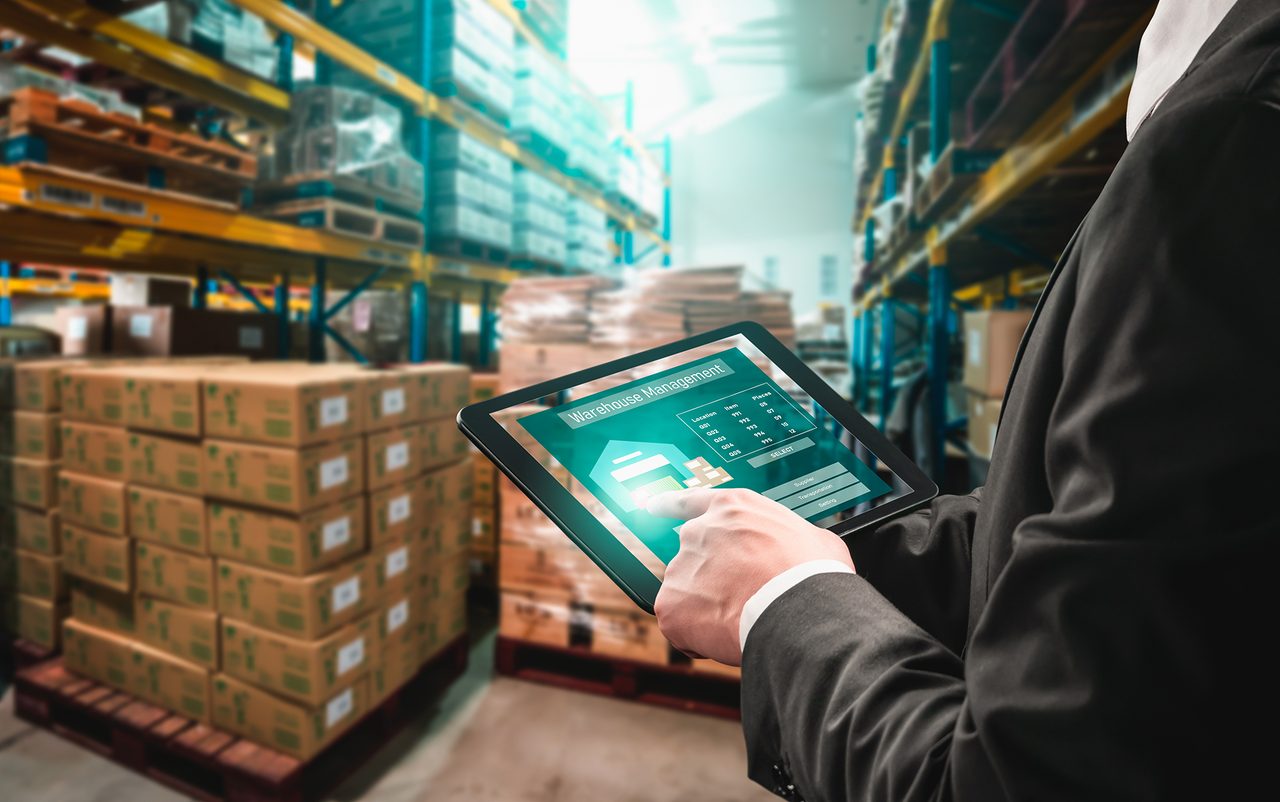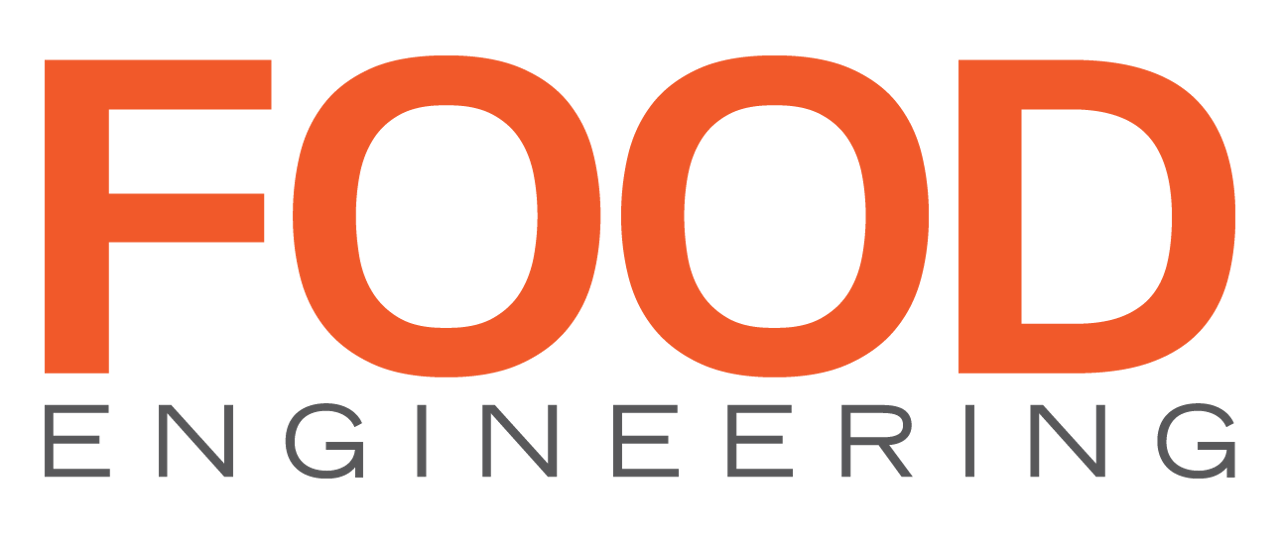FEBRUARY 2022
to help processors make sense of today’s supply chain
Tech tools
PART 1
Supply chain hurdles created by COVID-19 provide an opportunity to attack deficiencies with the latest technology
During Johnny Carson’s 30-year run as host of the Tonight Show (1962–1992) his character Carnac the Magnificent would frequently predict the answer to a question hidden in sidekick Ed McMahon’s secret envelope. For the last two years of the COVID-19 pandemic, food processors could have used some of Carnac’s magical insight—in this case, finding causes and solutions to certain supply chain failures.
Back in 2007, FE looked at tools—e.g., forecasting, scheduling and others—that could help processors get a better grip on their product flow and supply chains. Fifteen years ago, these tools, which may have been standalone or part of an ERP system, were not all that well connected or intuitive. Today’s tools are integrated through standards and smarter, because there’s more computing power behind the artificial intelligence (AI) that can learn how your supply chain works and make recommendations to keep ingredients and products flowing smoothly.
While we hope the COVID-19 pandemic is fading into the background, we still need to be concerned with labor shortages, transportation interruptions, political issues, weather extremes and other peripheral circumstances that can still break critical links in the supply chain.
Wayne Labs, Senior Technical Editor
Photo courtesy of Getty Images/Tryaging

Today’s tools are integrated through standards and smarter, because there’s more computing power behind the artificial intelligence (AI) that can learn how your supply chain works. Photo courtesy of Getty Images/Fritz Jorgensen
Longer vs. shorter, international vs. regional/local
“The sprawling and rigid nature of many food and beverage businesses’ supply chains certainly led to complications during the pandemic,” says Jack Payne, Aptean solution consulting director, food and beverage. “In particular, those organizations that operate internationally encountered difficulties, as the differences in lockdown and transportation policies varied from country to country, causing delays and in some cases halting shipments entirely.”
According to Payne, shorter, local supply chains reduce risk and have additional merits. Relying more on local suppliers not only serves the purpose of reducing risk along the way, it also lessens the environmental impact of material transportation by limiting the distance between stops. What’s more, many consumers are attracted by brands that can claim their ingredients come from nearby regions, as those products are seen as more wholesome and sustainable.
Ara Surenian, VP of product management at Plex Systems, points out two primary supply-chain issues created by COVID-19. The first was related to delays and general unavailability of supply, and the second was the lack of labor to help meet demand. “The two together caused a ‘bull-whip effect’ where supply shocks cascaded up and down the supply chain,” says Surenian. Long supply lead times and logistical issues compounded the problem causing businesses to look to local suppliers to shorten lead times and improve responsiveness. This was a challenge for companies without the requisite tool kits and expertise to overcome these obstacles, adds Surenian.
“I don’t think anyone could have predicted the drastic impact COVID-19 had on supply chains and the consumer demand relative to the upstream consequences, but it did heighten any gaps food manufacturers may have had in their supply chain exponentially,” says Clay Gentry, president, transportation management division, Transportation Insight. Contingency planning became more important than ever, especially with processing or warehouse closures due to COVID-19. Companies with single plants and transportation methods weren’t nimble enough to pivot resources to another facility, so processors realized they needed backup options at every level, according to Gentry.
A case for standards
Industry has been adopting GS1 Standards since the advent of the UPC barcode more than 50 years ago. Those standards have evolved into a global system that uniquely identifies products, assets and location in the global supply chain.
By setting up products to be uniquely identified and traced using GS1 Standards, companies are reducing paper-based recordkeeping, manual labor and otherwise unorganized data. When trading partners leverage these standards, the result is a nimble operation with a real-time look into multiple layers of the supply chain—not just one partner up and one partner down the chain.
Let’s say a recall takes place—a common example of food supply chain disruption—when food products are identified with standards, businesses can easily identify those products and pinpoint what should be removed from inventory. This eliminates the category-wide recalls and ensures safe food is available for consumers.
—Liz Sertl, GS1 US
Visibility—or the lack thereof
One of the biggest supply chain issues during the pandemic has been visibility of product, location and how to shift from point A to point B quickly, says Liz Sertl, senior director, GS1 US. Without end-to-end visibility into the supply chain, it’s hard to pinpoint exactly where product is at all times. When supply chains are identifying, capturing and sharing product and location data in a standardized way, businesses can quickly be made aware of what supply chain issues may be occurring and adjust appropriately.
“We saw that food companies, which had visibility of the supply chain and demand, could handle the disruptions better than their peers,” says Marcel Koks, Infor senior director, industry & solution strategy, food & beverage. “They could immediately see the impact of the demand switching from foodservice to retail, or the impact of having to shut down a distribution center because of infected workers. Surprisingly, most food companies I talked to didn’t have major issues with the sourcing of ingredients at the beginning of the pandemic, mostly because there were high buffers. But it had a high cost, and the number of shortages and costs currently are increasing.” End of Part 1
FEBRuary 2022

